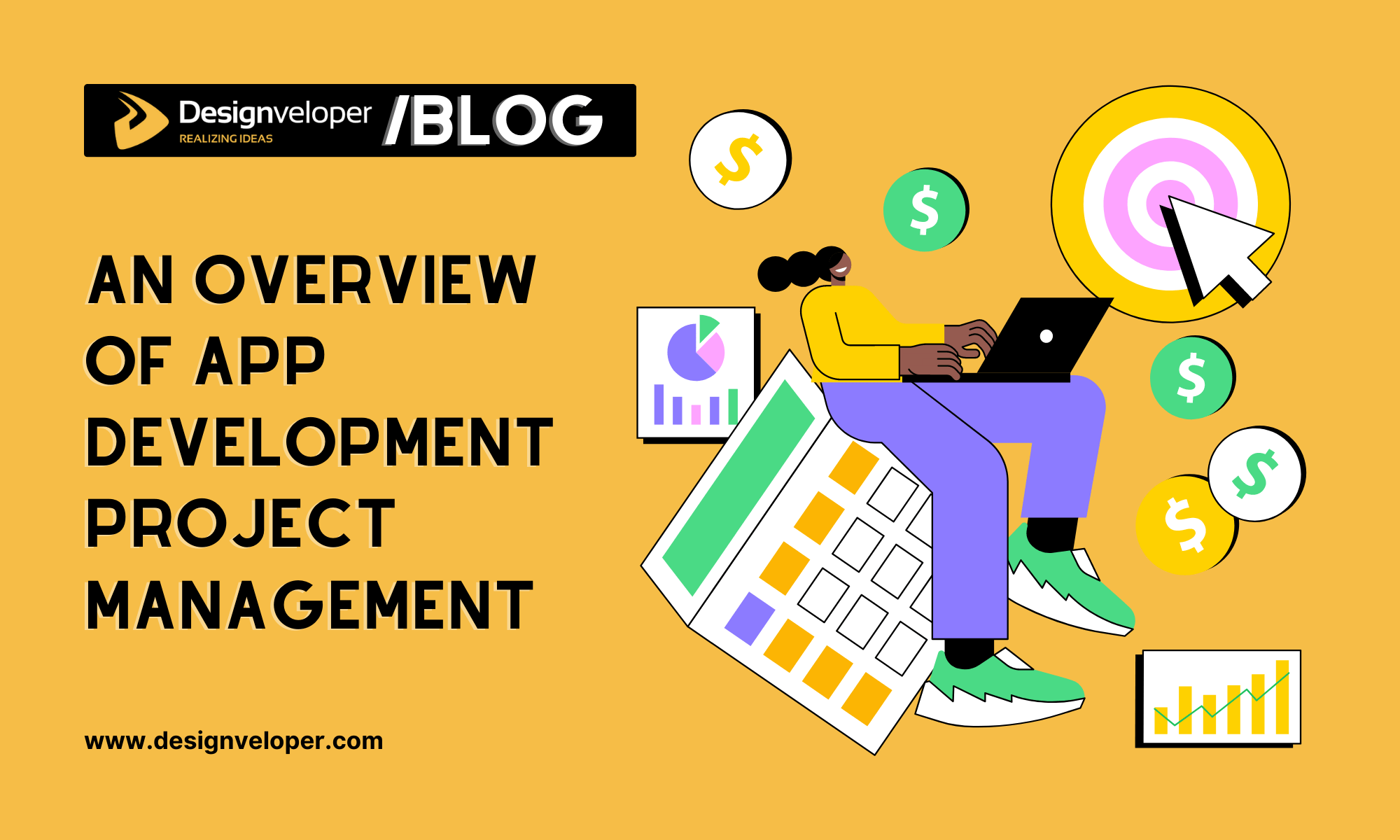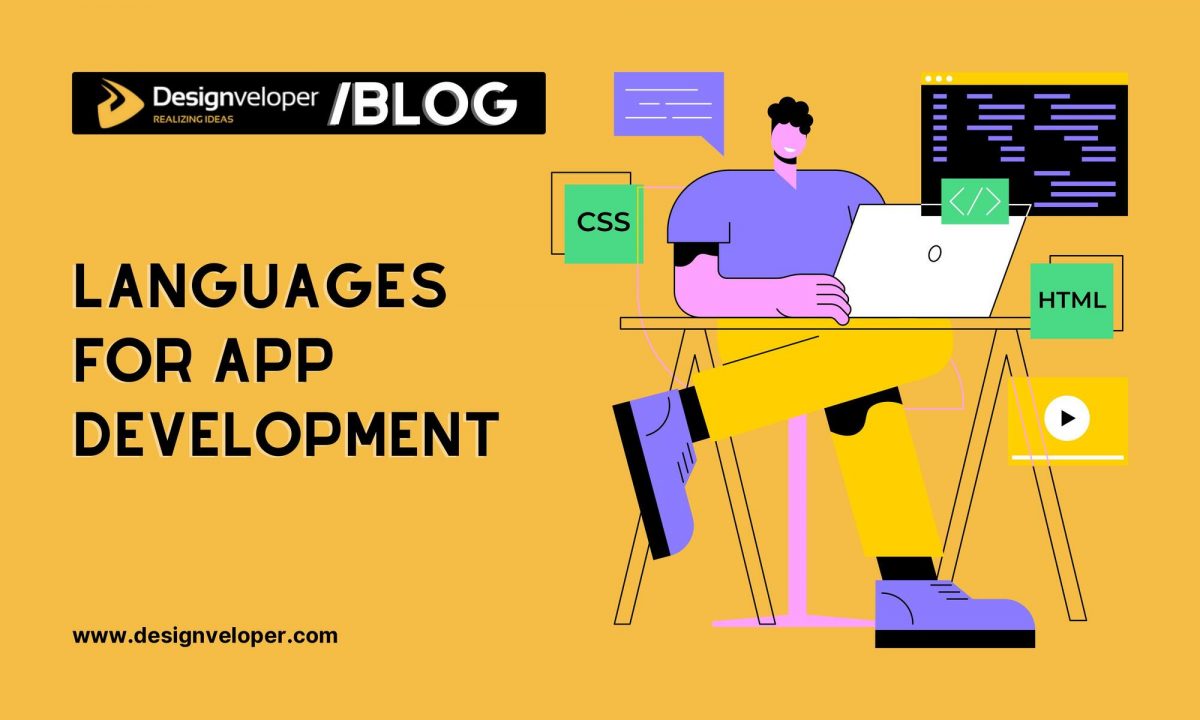When making a mobile app, developers are likely to run into a number of problems that they will need to solve. Due to this, any company that focuses on app development needs to follow the rules for project management that make sure apps work well while staying within the time and budget for the project.
It’s easy to get off track with this process if you don’t have a good plan, and any good plan should start with how the project will be managed. On the other hand, there are many different ways and frameworks that can be used to manage a project. Some of them are helpful when making mobile apps and other software, but others aren’t as useful.
If you are making an app and don’t know which type of project management will work best for you, you have come to the right place. We put together this article based on years of managing project teams, especially in the mobile app and software development fields.
What is App Development Project Management?
The basic order of a project’s five phases are as follows: starting, planning, executing, monitoring and controlling, and closing. The process of app development project management can be divided into these five steps, which will give us a plan. During the “initiating,” stage, the idea or concept for the app is thought up and the requirements are fleshed out. We use the initial requirements to plan the app’s time, money, resources, and scope. At this point, most of the management work will have been done.
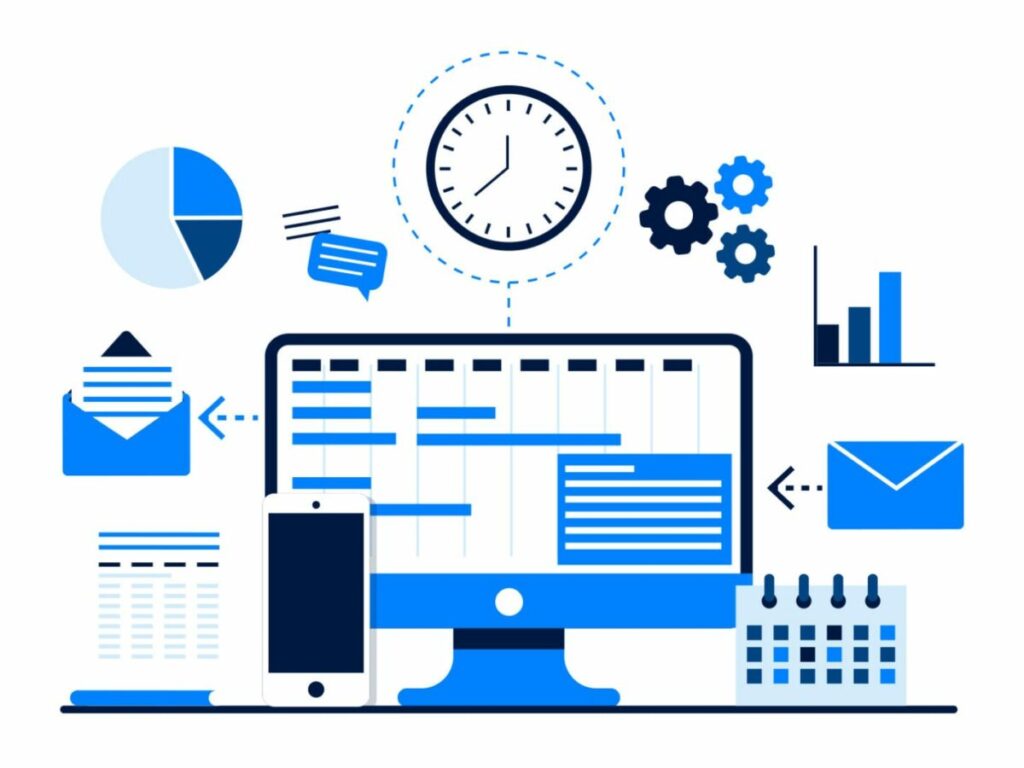
After the planning phase is over and the plans have been checked, we can move on to the executing phase. This is when the app will start to be built. The project manager must monitor progress and mitigate hazards at this period. After development and testing, we’ll release the app and complete the project. Before we do that, we’ll have a meeting to talk about what went wrong and what could have been done better. We’ll also talk about what we might do differently in the future.
Recommended reading: Software Development Costs: A Detailed Guide to Estimate Your Project
Why Does App Development Project Management Matter?
There are three main benefits to having a software development process that is based on and supports your project management process.
The first is setting expectations. Good project management makes sure that everyone is on the same page and knows what to expect from the project. When everyone knows what will happen in the next steps, there won’t be any unpleasant surprises.
Second, app development project management will improve communication. Making a mobile app is a complicated process that involves a lot of people, such as the client, the designers, and the programmers. A well-managed project will have a simple way to communicate that makes sure nothing important gets missed.
Last but not least, app development project management helps you improve your usage of resources. The process of making a product is by definition iterative. Change requests are made after user testing or target market research. If you know how to operate a project, you can handle changes and keep the budget and timeline tight.
Recommended reading: Developer Experience: The Vital Role of Prioritization in IT Teams
Types of App Development Project Management
One of the most important parts of effective software project management is choosing the right methodology. Here is a list of some of them.
Agile
Agile is more of a way of doing things than a set of steps. It’s more of a philosophy that stresses getting feedback from customers, making changes quickly, and acting on that feedback. The Agile way of thinking can be used with a number of different project management frameworks. This article talks about some of those frameworks.
Agile models are being used by more and more software companies because software development projects are so unique. For a product that is less tangible and more complicated, like software, it is important to be able to listen to customer feedback and make changes.
Scrum
Scrum is a framework for Agile that helps standardize some of the ways that Agile encourages people to work together.
A survey done by the Koblenz University of Applied Sciences found that this technique is the most common Agile framework used at the team level. Scrum begins with a product plan and a to-do list. To build features in short bursts, plan and launch sprints of 1–4 weeks.
Scrum also has a lot of meetings, which are used for many different things, like keeping track of progress, sharing new ideas, finding and getting rid of problems, and more.
Lean
Lean is another Agile paradigm that aims to get rid of all waste and boost efficiency so that goods can be delivered quickly while costs stay low. It was first used in the manufacturing industry. In the 1950s, Toyota was the first company to use the Lean method.
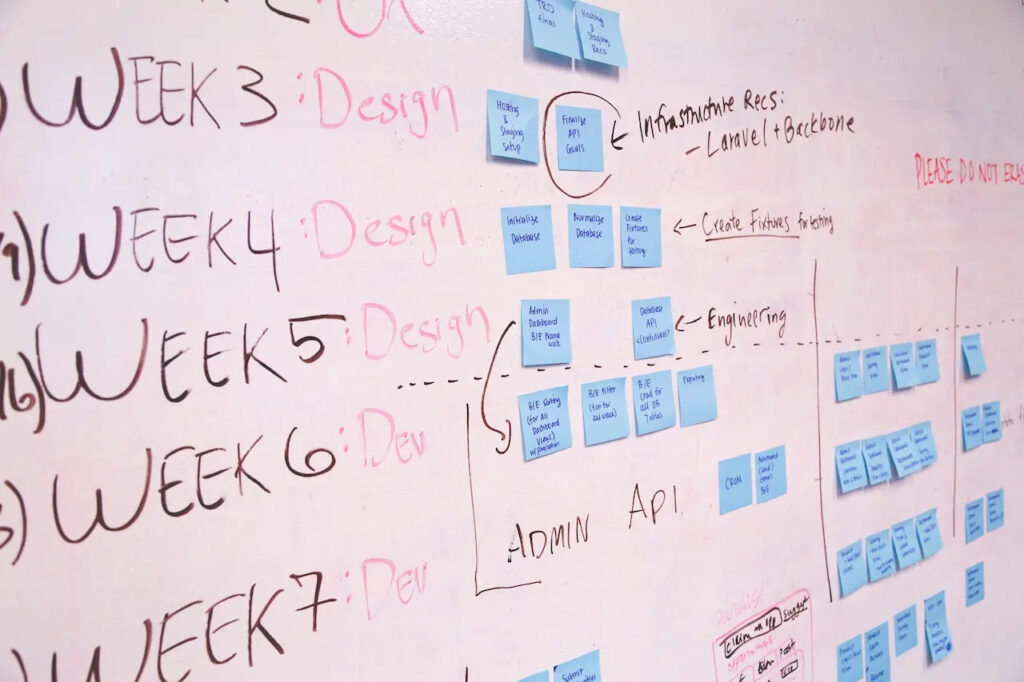
The main goal of the Lean method is to provide value to the customer. It gets rid of anything in the development process that isn’t geared toward reaching this goal. As a result, under Lean, costs and time spent are kept to a minimum. This makes it easier for the team to keep adding value to apps they have already made while also making new ones.
The most important parts of a successful Lean implementation are how you handle your resources and how you walk the fine line between being too lean and not lean enough. With this in mind, a skilled and self-disciplined software development team can use the Lean method to make high-quality apps.
RAD
Rapid Application Development is a method that focuses on making a prototype quickly and cheaply while getting feedback from customers over and over again to make the design better.
This method, like Agile, puts a lot of emphasis on doing things quickly. On the other hand, RAD makes a working prototype of the whole app at once, rather than one feature at a time.
RAD can cut the time it takes to make an app because it takes client feedback into account. This, in turn, makes the app better. But it only works with systems that can be broken up into separate modules, and it requires developers who are both skilled and organized.
Recommended reading: How to Estimate a Software Project? A Detailed Guide From Designveloper
Who is a Project Manager?
In outsourcing, it is the job of the project manager (PM) to make sure that the software development process runs smoothly. This is done by carefully planning, carrying out, and delegating tasks so that the program can run smoothly.
Project managers must anticipate risks, identify issues, and find the least disruptive remedies to avoid irreparable damage to the project. Even the simplest issue could delay the project or increase its cost without the project manager’s oversight.
FURTHER READING: |
| 1. How to Manage Time Effectively for Assignments? |
| 2. 4 Best Web Scraping Projects To Automate Your Work & Life In 2023 |
How They Apply App Development Project Management Methods
Experience has shown that a dedicated team is the best choice for long-term projects with changing needs. The main reason for this is that the project is being run by professionals who have been carefully chosen. This gives the most flexibility in terms of the range of work and responsibilities, as well as the ability to change costs and resources.
Below is a detailed list of the responsibilities that a project manager takes on regarding app development projects.
Estimations
Estimations are an important part of the first phase of a project, which is called the “discovery phase”. It is important for figuring out how much the whole project will cost, how long it will take, and how much work will be needed. Most of the time, the estimation takes into account time, money, and the people on the team.
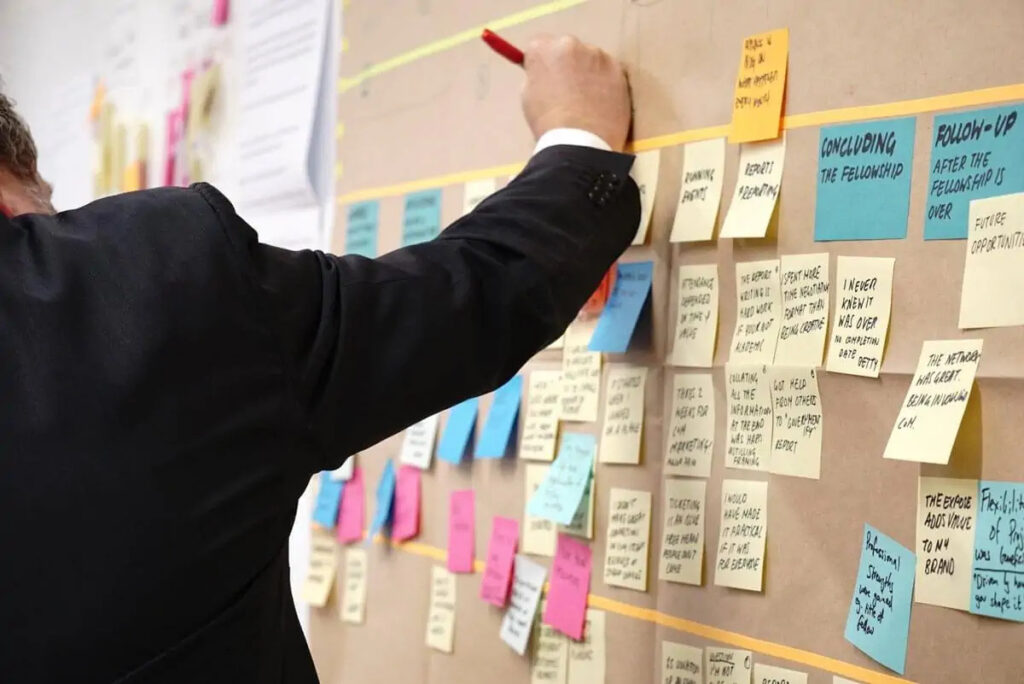
Because all future planning and actions will be based on these estimates, it is very important for the project manager and the team to come up with accurate estimates of what needs to be done.
Scope Management
The team will find it easier to manage the project and make changes if the scope is specified at the start. Scope management helps outline the project’s goals, tasks, deliverables, deadlines, and budgets during planning.
Communications
After estimating, discuss it with the team and review the expectations. Call a meeting where each team member can discuss their project work and ask questions. Define the project scope and talk it out with the team.
This is the first step that will help your software development team understand the tasks, goals, and deadlines that have been set for them, giving them a clear plan to follow. Talk to your team about each of these points and decide what role each person will play in the project.
Recommended reading: An Overview of Project Management Services
Scheduling
Another possible risk that could affect whether or not the deadline is met is falling behind schedule. A project manager’s most important job is to make sure that each assignment is done on time and by the right person.
The project manager can allocate tasks using the Shortest Processing Time (SPT) or the Earliest Due Date (EDD). Each management team accordingly organizes and assigns responsibilities to project experts.
The project manager is in charge of predicting the risks, ranking them by how likely they are to stop the project from being finished (high, medium, or low), and then working to reduce those risks.
Resource Management
Everything that is done while a project is being made has something to do with managing resources. Most of the time, it takes a team of people, a number of tools, and software libraries. At the very beginning of the development process, it is of the utmost importance to estimate and set aside enough resources for the successful completion of the project. This is because if any part is missing, the development schedule can be thrown off.
Risk Management
The project manager must know every team member’s technical skills. This criterion must be considered to avoid project delays and missed deadlines.
The project manager reduces risks by communicating with the team and monitoring their work. Good managers know the nuances of their responsibilities and may assign them to the best workers.
Keeping Documentations Current
No project can ever be considered a success if the paperwork isn’t always up-to-date and in perfect shape. The project manager will be in charge of making the project’s final documentation, which will list the project’s features, procedures, and specifications so that they can be used in the future and carried out.
These reports will help with software development tasks and project management in the future. They will also help with upgrades and help if they are needed.
Tools for App Development Project Management Managers Use
In addition to all of the helpful tips listed above, there are also a lot of project management tools that can help app development projects be completed successfully. Let’s look at how project managers use some of these tools in the real world.

Asana
This is a project management tool that makes it easy to keep track of all the tasks for a given project. It is a complete tool that will help you organize, delegate, move, and keep track of the progress of any project’s tasks.
Trello
Trello is another great tool that helps project managers see the flow of work and keep track of how different tasks in a project are coming along. Drag-and-drop tools make it much easier to set up a visual board to meet the needs of your project.
Basecamp
Basecamp is a powerful tool for managing projects. It can handle multiple projects at once, as well as threads of messages, charts, calendars, and many other things. It also has a number of ready-to-use templates from which you can choose.
Zoho Projects
Zoho is a platform with many different functions, such as bug tracking, time tracking, visual boards, and more. It can be used for all kinds of projects, from agile software development to more traditional software engineering.
Pivotal Tracker
Pivotal Tracker is a way to manage projects for developing software in an agile way. It is already used on platforms like GitHub and Zendesk that are well-known. Pivotal Tracker is a tool for managing agile development projects that is fairly complicated. This tool also helps project managers keep track of how fast the project is being finished.
Conclusion
Choosing a decent app project management approach is only half the battle. The other part of the challenge is finding software that can handle all of the complexities and quirks, as well as a project manager who is both capable and excited to take on the challenge.
Without good project management, it’s impossible to make a successful app. The people in charge of the project make sure that the application is built exactly as described, that any changes that need to be made are made quickly and effectively, and that the budget and deadline are kept as tight as possible.
How about app development project management at Designveloper? Designveloper has made a lot of apps and managed a lot of projects, and we have perfected an Agile-oriented process that not only boosts confidence but also makes our customers happy. Because of this, we are able to keep the quality of what we offer at a high level.
